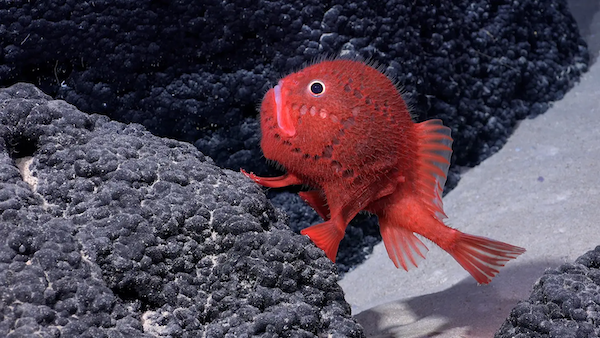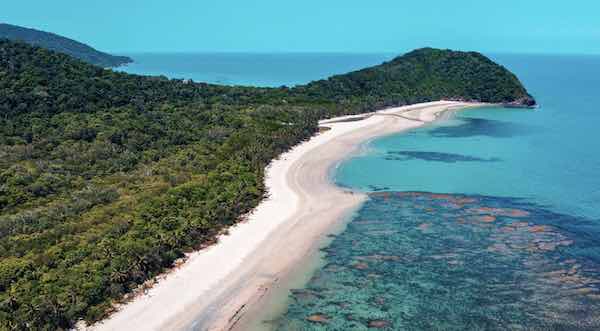


(quote)
An international team of scientists may have found more than 100 new species, during a mission to explore seamounts off the coast of Chile. These creatures who look like they come from a sci-fi novel call the 1,800-mile-long Salas y Gómez Ridge home.
Seamounts are large underwater mountains that are often formed by volcanic activity and can be found in every ocean basin on Earth. They are a critical habitat for everything from corals and mollusks, up to crustaceans, fish and marine mammals. This newly explored underwater mountain chain comprises more than 200 seamounts and stretches from offshore Chile to Rapa Nui (Easter Island).
Over the course of the expedition, the team mapped an area of more than 20,000 square miles of seafloor and discovered four new seamounts within Chile’s waters. They also explored two of Chile’s marine protected areas–the Juan Fernandez and Nazca-Desventuradas marine parks.
Deep-Sea Mountains Off The Coast Of Chile Are Teeming With Life
A research expedition exploring seamounts near Valparaíso, Chile may have found over 100 new species thriving across the Salas y Gómez and Nazca Ridges.
The Salas y Gómez and Nazca Ridges are deep-sea mountain ranges with multiple volcanoes that extend nearly 1,870 miles and are home to numerous species. Many of these are important fishery species, such as jack mackerel and swordfish, while others are rare and cannot be found elsewhere in the ocean. The Humboldt Current that flows north along the Chilean coast delivers cool, nutrient-rich seawater that fuels the diversity of life found across the underwater mountain range.
(unquote)
Image courtesy ROV SuBastian / Schmidt Ocean Institute






